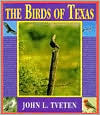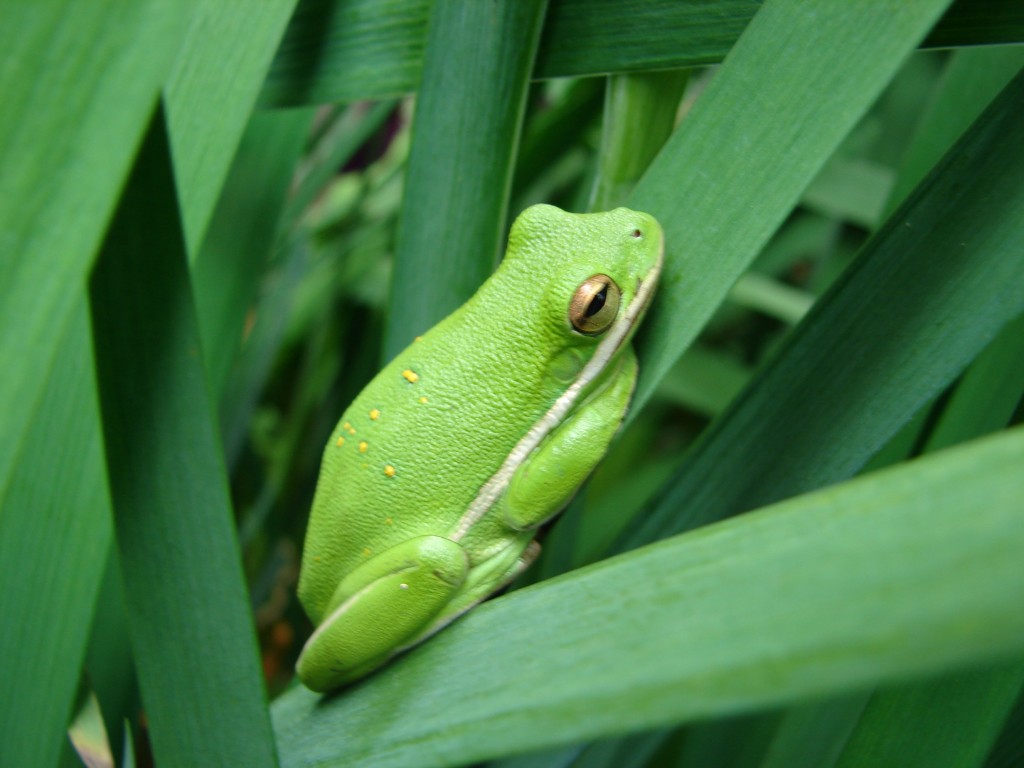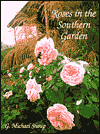I attended the Denton Master Gardener’s Association series on “Attracting Colorful Backyard Birds” prepared by Carolyn and David Oldham and delivered by Carolyn. There was a lot of information! Texas is the number one birding state in the nation because we are under the central flyway from North America to South America.
There is no way I can boil down all the information here, but I will try to give you the highlights.
The best bird food to put out to attract backyard birds is safflower. Feed to avoid would include corn (it attracts rats and squirrels), sunflower seed, and millet. These feeds attract the BUMS – “backyard undesirable mob species” which include house sparrows, grackles, starlings and cowbirds. Don’t feed suet and peanut butter beyond the winter months because it is a high protein food designed to get the birds through those lean months. Another way to attract the birds is to be a little less tidy in your garden. Let some perennials go to seed. The best way to attract a variety of birds is to offer a variety of feeds in a variety of feeders: tube feeders with safflower or sunflower, finch feeders with thistle, house feeders with a mix, suet feeders in the winter, and peanut feeders with, what else – peanuts.
The best time to put out feeders is in the winter and then keep them going, but there are still a lot of birds that you can attract if you put them out now. The goldfinches are just now leaving and it is probably too late to attract them. They arrive in Texas in the winter dull in color and leave in the spring as the vibrant yellow we associate with goldfinches. The house finches, a beautiful little red bird, and the goldfinches both like safflower and thistle seed and will even drink sugar water from a hummingbird feeder. The cedar waxwing will come to a yard for water (birdbaths and ponds), berries and insects. He is about to leave for his summer home also, but he will be back in October.
The spring migrants that are just passing through include the Baltimore oriole, indigo bunting, painted bunting, yellow warbler and the magnolia warbler. The Baltimore oriole is attracted by sugar water, berries and insects. You can get a specialized oriole feeder that you can stake a cut up orange to, but you don’t even have to go to that expense. Just make the offering, somewhere safe from cats, please, and they will eat it. The indigo bunting and painted bunting both love thistle, safflower, weed seeds and spent blooms. The indigo buntings are grassland birds and are attracted by native grasses, Mexican feather and side oat gamma, but they also love a Texas native called lyre leaf sage. Some painted buntings, who look like a kindergartner’s picture of a bird using every color in the box, nest here so leave a feeder up past May.
The hummingbirds are here now! They actually arrived here in March. We are on the edge of the ranges for both the ruby-throated and the black chin hummingbirds. The very best kind of feeder to use for hummingbirds is the jar type with the feeder cap. Stay away from yellow flowers, as that is the attractive color for wasps and bees, and stick with red somewhere on the feeder. It can be as simple as a ribbon. I actually once made a great feeder out of a Pepsi can! Keep the feeders very clean!. The “must have plants” for hummingbirds are Turk’s cap, salvia, flame acanthus, the native coral honeysuckle, red yucca, pentas and cigar plants.
The year-round birds here include the mockingbird, Northern cardinal, red-bellied woodpecker, and downy woodpecker. They love safflower as well as sunflower and peanuts. The red-headed woodpecker also lives in Texas, but it likes scummy ponds and dead trees… hopefully that does not include your yard! The downy woodpecker will actually use a nest box if you put it up in January. We just found a mockingbird nest in a rose bush that I was pruning.
As you attract more birds to your yard, you will probably eventually have birds of prey visit your yard. It’s hard to see a bird of prey kill one of the beautiful little birds that you have been trying so hard to attract to your yard, but count yourself blessed. These are amazing birds in their own right and it is part of the “circle of life.” The raptors include Cooper’s hawk (about the size of a crow), sharp-shin hawk (about the size of a blue jay), the American kestral (actually in the falcon family) and the red-tailed hawk (the largest with bars on his wings). All of them will eat small mammals (such as RATS) birds, large insects, frogs, toads, lizards and snakes. Blue jays will usually warn other birds that a raptor is in the area and they will all disappear for a while, but doves don’t always seem to understand the message and are easy targets.
Also present in Texas, but rarely seen are the owls. Almost every neighborhood has screech owls and great horned owls. Screech owls actually love to talk to people. If you mimic a call they will talk back. The favorite food of the great horned owl is SKUNK, so we definitely want him around!
Begin birding by learning the birds in your own back yard. You can talk to the birds in a way called “pishing” by making kissing and “pishing” noises. You can also get some great field guides for Texas,”The Birds of Texas” and “Stokes Guides” (Stokes publishes many of them) are some very good ones. You can also join a local Audubon Society. Prairies and Timbers Audubon Society in Collin County will be having a meeting tonight on bats and one in May on hummingbirds.
Enjoy your birds!











